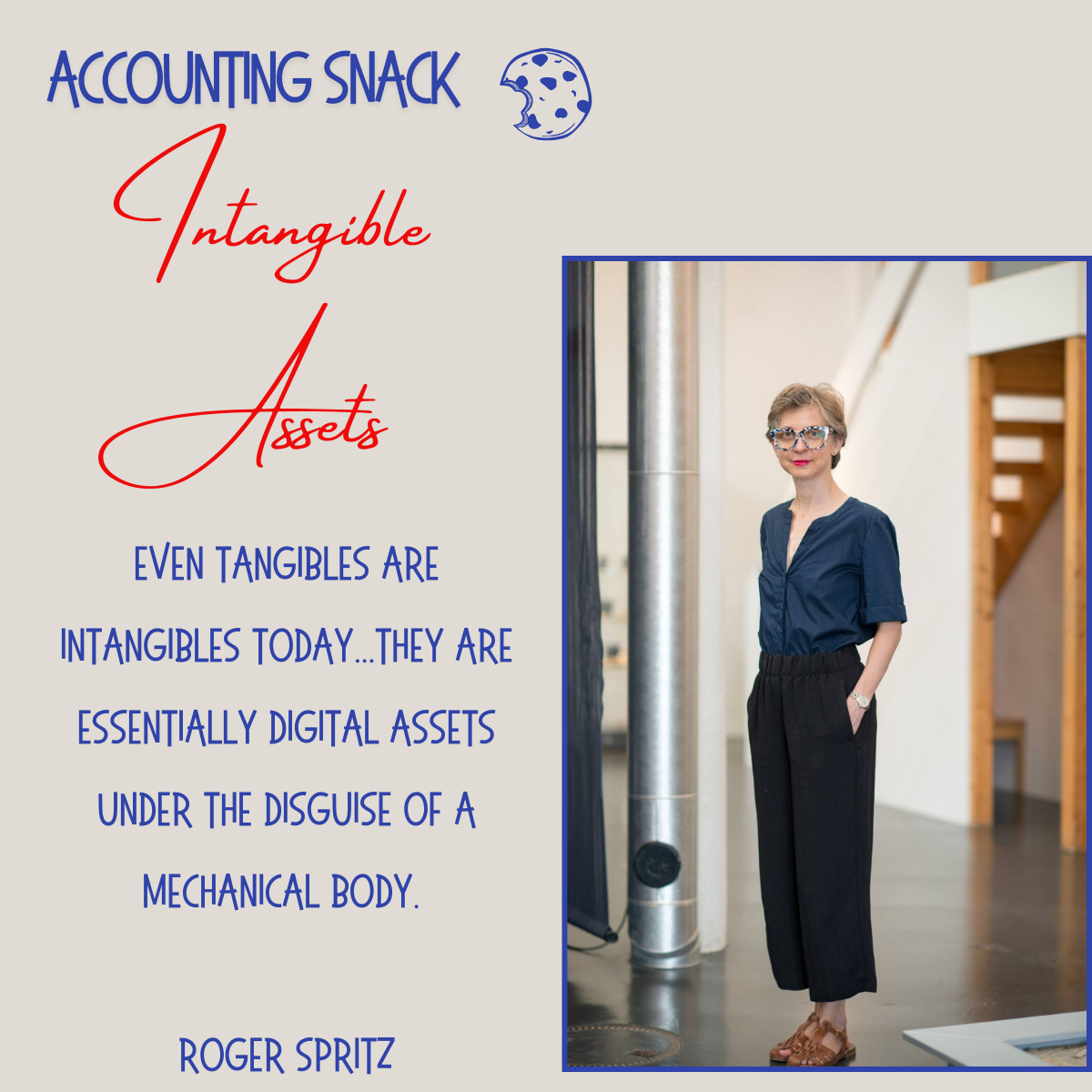Intangible Assets
NASA's investments into internal use software represent only 0,4% of the total assets.
At present, almost any tangible (“touch”) asset cannot function without an intangible (“thought”) asset - a software, a license, a database, data, cyber security and others.
Examples?
Intelligent buildings, autonomous vehicles, diagnostic equipment (healthcare), production and assembly equipment, robots.
The “Blue Screen of Death” could not be more exemplary of this phenomenon.
The economy has long recognized the importance of intangibles. According to the World Intellectual Property Organization (WIPO), investments into intangible assets grew three times the rate of tangible ones between 2008– 2023. Intangible assets proved resilient despite economic uncertainty and tighter monetary conditions. The COVID-19 pandemic has widened the gap significantly. *
And yet, current IFRS rules remain quite rigid in terms of scope and definition of both:
tangible assets according to IAS16 Property, plant and equipment and,
intangibles in accordance with IAS38 Intangible Assets.
Recently, a new research project on intangibles has been announced to address the topic.
IAS 38 lists the following examples of intangible assets:
“computer software, patents, copyrights, motion picture films, customer lists, mortgage servicing rights, fishing licences, import quotas, franchises, customer or supplier relationships, customer loyalty, market share and marketing rights”.
The standard recognizes that “some intangible assets may be contained in or on a physical substance such as a compact disc (in the case of computer software)."
In this context, companies are free to decide which part – tangible or intangible – is more significant and classify them accordingly. The example of NASA illustrates this concept quite well, while reflecting the shortcomings of current principles:
Investments into Plant, property & equipment on the balance sheet of NASA were $34 billion, written down to the book value of $9 billion as of year end 2023**.
Investments into internal use software were $125 million, with the current book value of $2 million, representing only 0,4% of total PPE at NASA.
It shall also be mentioned that large part of R&D investments are expensed straight away if no alternative future use is expected (US GAAP standard ASC 730-10-25 Research & Development - Recognition).
Yet, how accurate is the classification of most NASA assets as tangible?
Sources:
- World Intangible Investment Highlights (wipo.int) ** nasa.gov (FY 2023 Annual Report)
